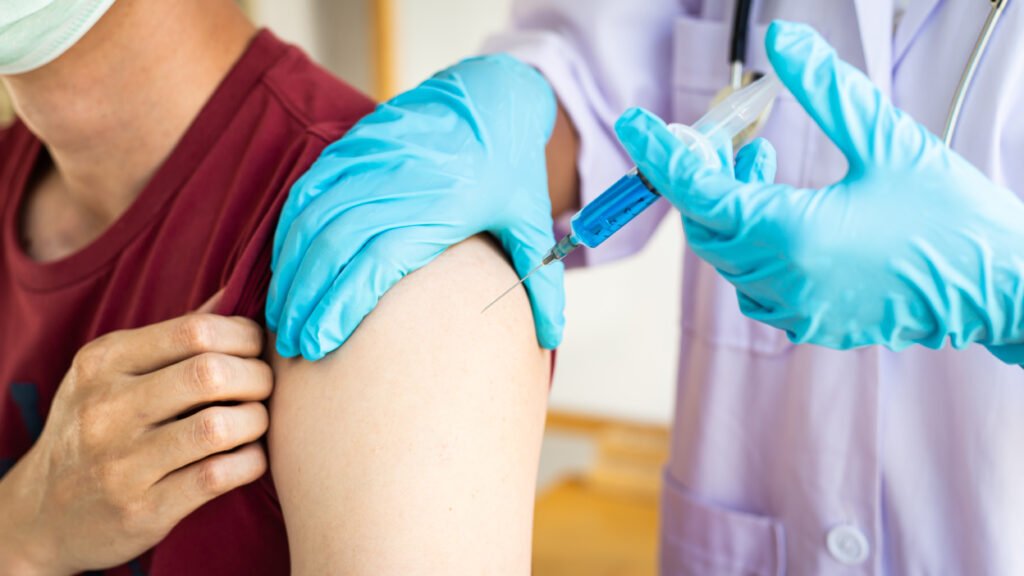Human Metapneumovirus (hMPV): An Expanding Guide
Overview
Human Metapneumovirus: Key Facts
Human Metapneumovirus (hMPV) is a member of the Pneumoviridae family, closely related to the respiratory syncytial virus (RSV). Discovered in 2001, hMPV has been affecting people globally for decades, often causing mild illnesses such as the common cold, but it can also lead to more severe respiratory conditions.
Transmission
Human Metapneumovirus: Key Facts spread similarly to other respiratory viruses. It is transmitted via respiratory particles expelled by a sick person through coughing or sneezing. People can get infected by inhaling these particles, being near an infected individual, or touching contaminated surfaces (like doorknobs) and then touching their face.
Seasonal Patterns
In temperate regions, hMPV typically spreads during late winter and spring, alongside other respiratory viruses such as seasonal flu and RSV. However, it is present year-round at lower levels, causing infections sporadically.
Signs and Symptoms
hMPV infection generally leads to symptoms similar to those of a cold or flu, including:
– Cough
– Fever
– Sore throat
– Runny or stuffy nose
– Body ache
– Headache
In severe cases, hMPV can cause lung infections (pneumonia) or airway inflammation (bronchiolitis, bronchitis). Symptoms of severe disease include wheezing, difficulty breathing, chest pain, dizziness, severe fatigue, dehydration, or a persistent fever. Medical advice should be sought if these severe symptoms occur.
At-Risk Populations
While hMPV can infect anyone, certain groups are more susceptible to severe illness:
– Infants and children under 5 years old
– Older adults
– Individuals with underlying health conditions such as immunosuppression, chronic obstructive pulmonary disease (COPD), and asthma
Prevention
Preventative measures for hMPV are similar to those for other respiratory illnesses:
– Wearing masks in crowded or poorly ventilated spaces
– Improving ventilation (e.g., opening windows)
– Regular hand hygiene with soap and water or alcohol-based hand rubs
– Avoiding touching the face with unclean hands
Maintaining a strong immune system through a balanced diet, regular exercise, and adequate sleep can also help prevent infections.
To avoid spreading the virus, sick individuals should:
– Stay at home if feeling ill
– Cover nose and mouth with a tissue or elbow when coughing or sneezing
– Wear a mask around others
– Improve ventilation in shared spaces
– Regularly clean hands and disinfect frequently touched surfaces
Vaccination and Treatment
Currently, there is no licensed vaccine for hMPV, but research is ongoing.
Treatment for hMPV focuses on symptom relief:
– Over-the-counter medications for pain, fever, stuffy nose, and cough
Rest and hydration
There is no approved antiviral treatment for hMPV. Most people recover within a few days, but those with worsening symptoms or at higher risk should contact a healthcare provider. Hospitalization may be required in severe cases, with supplemental oxygen provided as needed.
Diagnosis
The most reliable diagnostic method for hMPV is the polymerase chain reaction (PCR) test, which provides accurate results within a few hours. However, due to the lack of specific treatment, doctors may not always recommend this test for mild cases.
Differentiating Respiratory Illnesses
Differentiating between hMPV, COVID-19, flu, and RSV can be challenging due to similar symptoms. Diagnostic tests help determine the cause, guiding appropriate treatment, especially for those at risk of severe illness.
Severity and Monitoring
The severity of hMPV infections can vary based on individual health and the virus’s evolution. The World Health Organization (WHO) collaborates with global experts to monitor changes in virus behaviour and severity.



